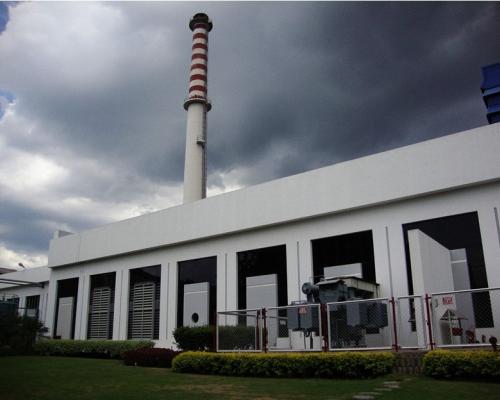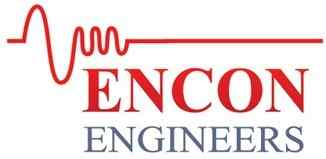
Energy Conservation has become a widely-accepted phenomenon worldwide. Yet, many times we defer the decision for our own industry till it leads to some exigency or higher energy bill. Unless, through an energy audit, it is determined where the actual energy enters and leaves within the plant, it is impossible to determine where to direct the conservation efforts.
Amidst global warming adding fuels are, the tall claims of purported altruism that imbibe contagious engineering approach among stakeholders. Energy conservation measures are increasingly being measured through the prisms of sophistication, and by the weight of the purse. Its results are proving devastating, and increasing ending up at the side of the problem. For example sophistication mandates, variable control mechanism for achieving building comfort conditions wherein we find 95% of such projects as deadwoods. Never sized for the dynamism as trumpeted, and least being an appropriate engineering technique. Balance 5% we leave it for the benefits of doubt. The same is happening worldwide with nouveau Power Quality and Harmonic projects those are increasingly translating into an energy guzzlers. Out long past experience through two contrasting economic phases, the recession period of 1996 -2002 and the economic surge period of 2003 -2008, brings forth a reflection. Riding high on the economic prosperity, our buildings have travelled far too a distance to be efficient again. Such barriers repeatedly and consistently come up primarily because of our incapacity to think simple. This simple fact shows that the solution to global warming lies not with our money but with our energy.
Modern industrial and commercial process loads are intertwined with chain of commands those ensure final delivery. A chain is as strong as the weakest link. An unoptimized process has a much higher energy losses. Load end deficiency must come from the source and it happens with great energy losses. Encon "Smart Solutions" remove barriers to energy efficiency and improve Specific Energy Consumption (SEC). It results in great energy savings that we have achieved, from 3% up to 28% depending upon the status of existing process barriers, which are removable. Please refer to "Making of a Green Building Code" for its methodology.


















